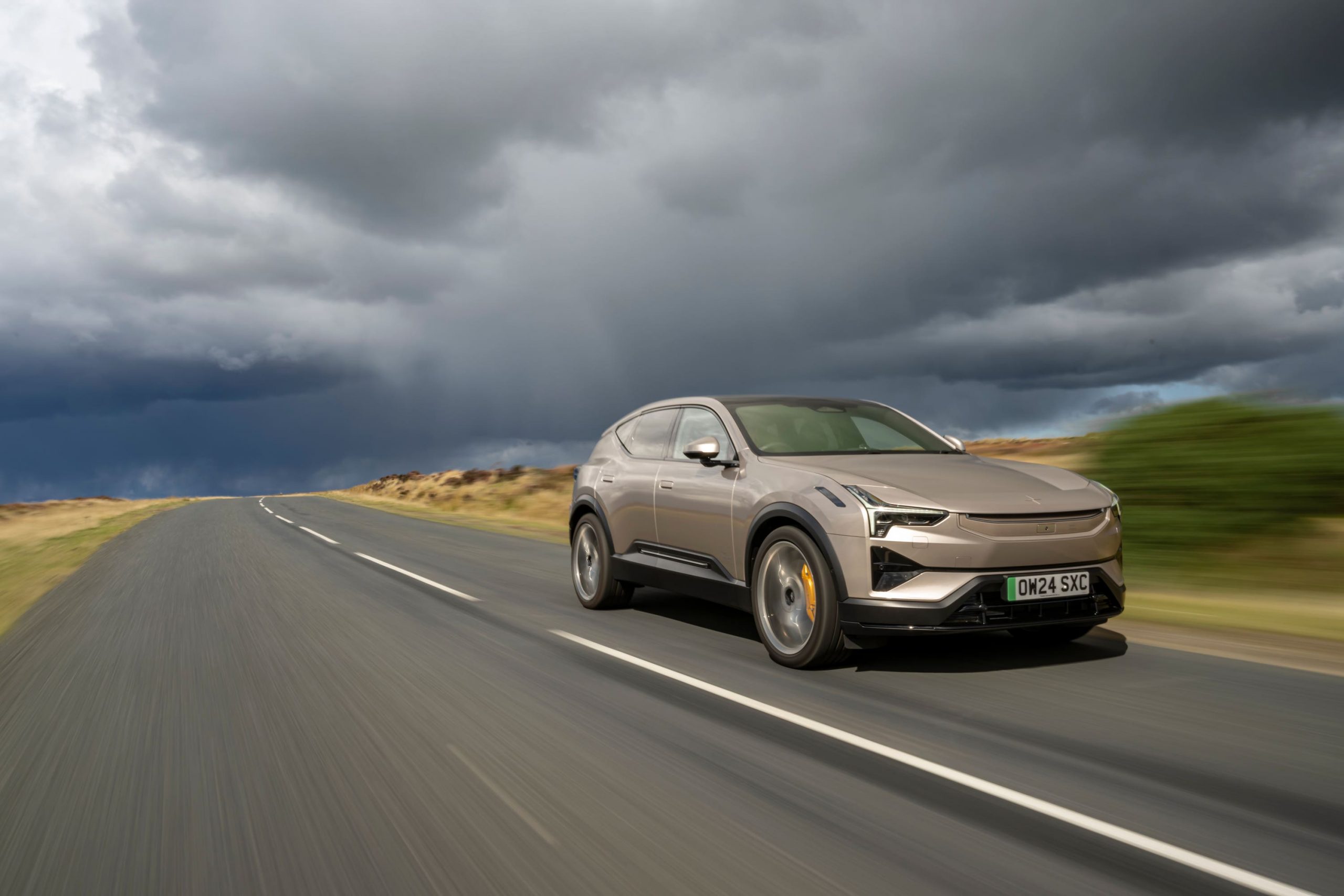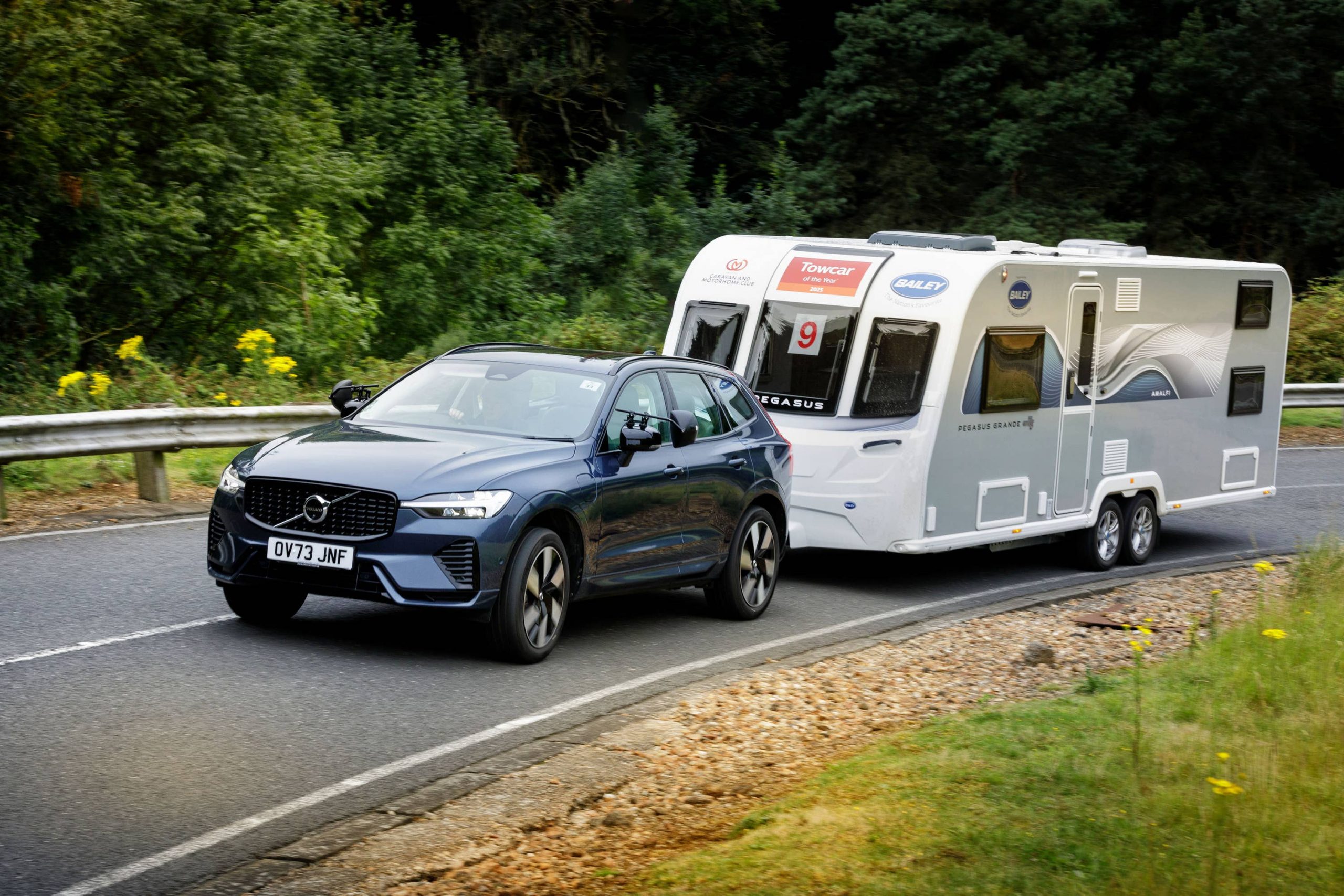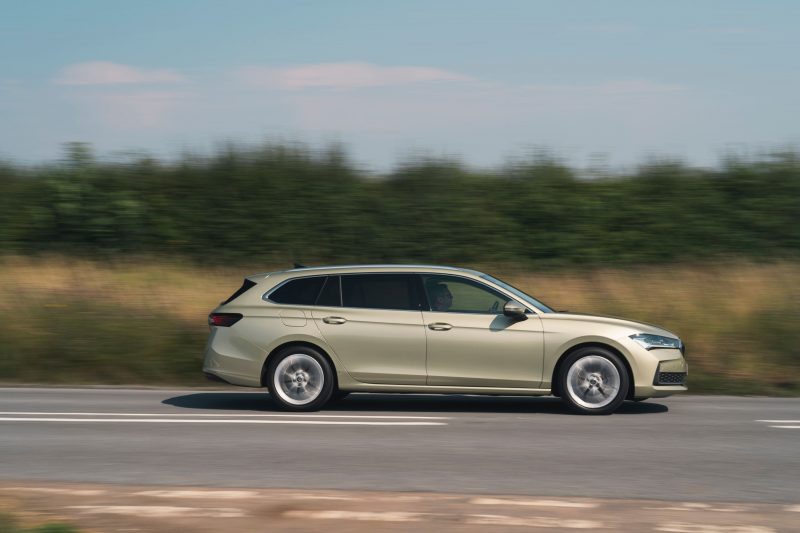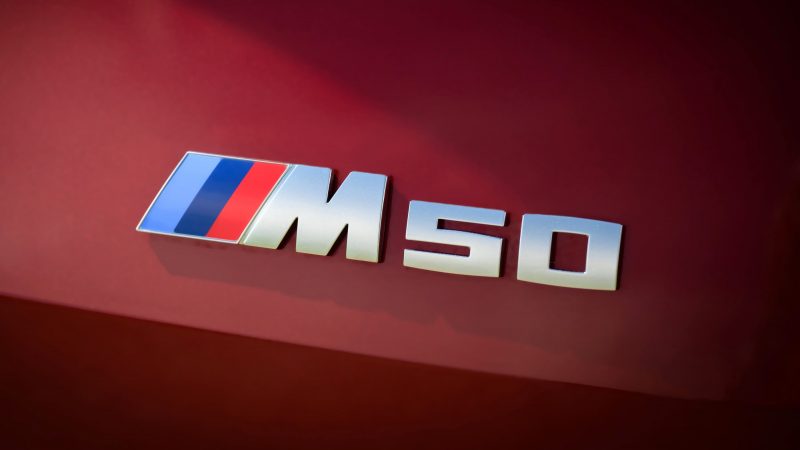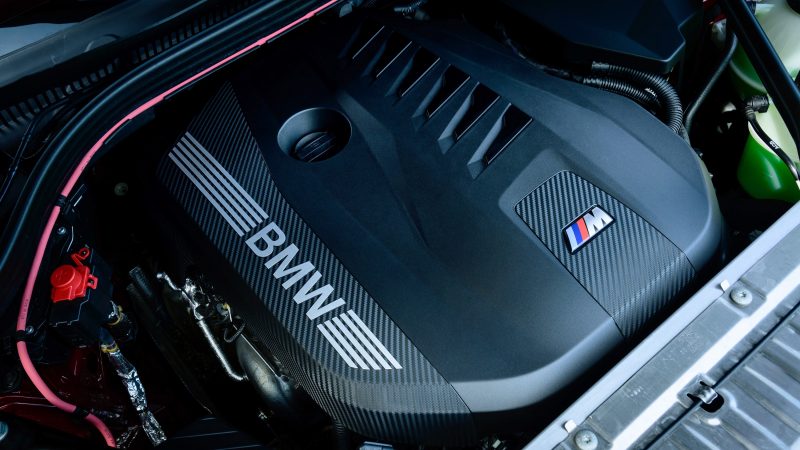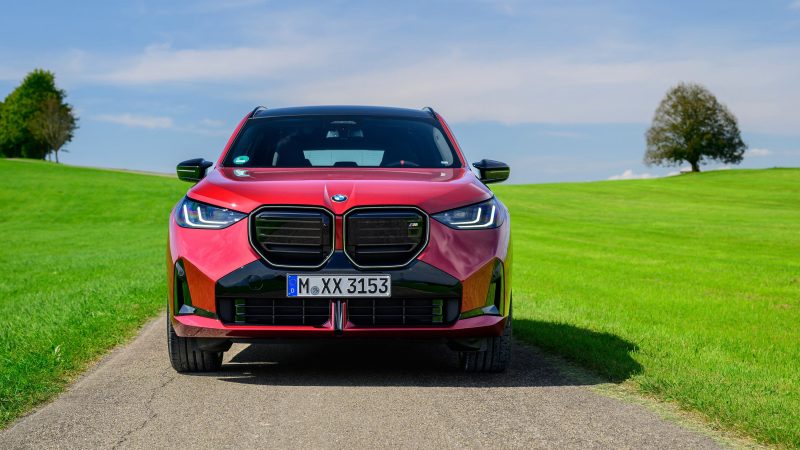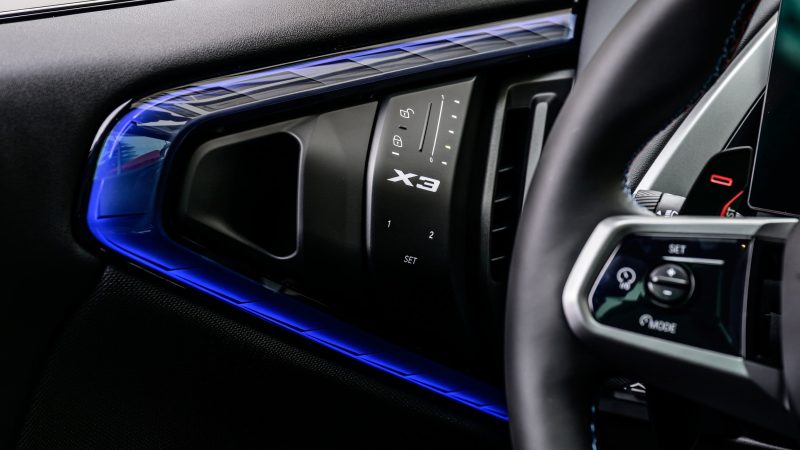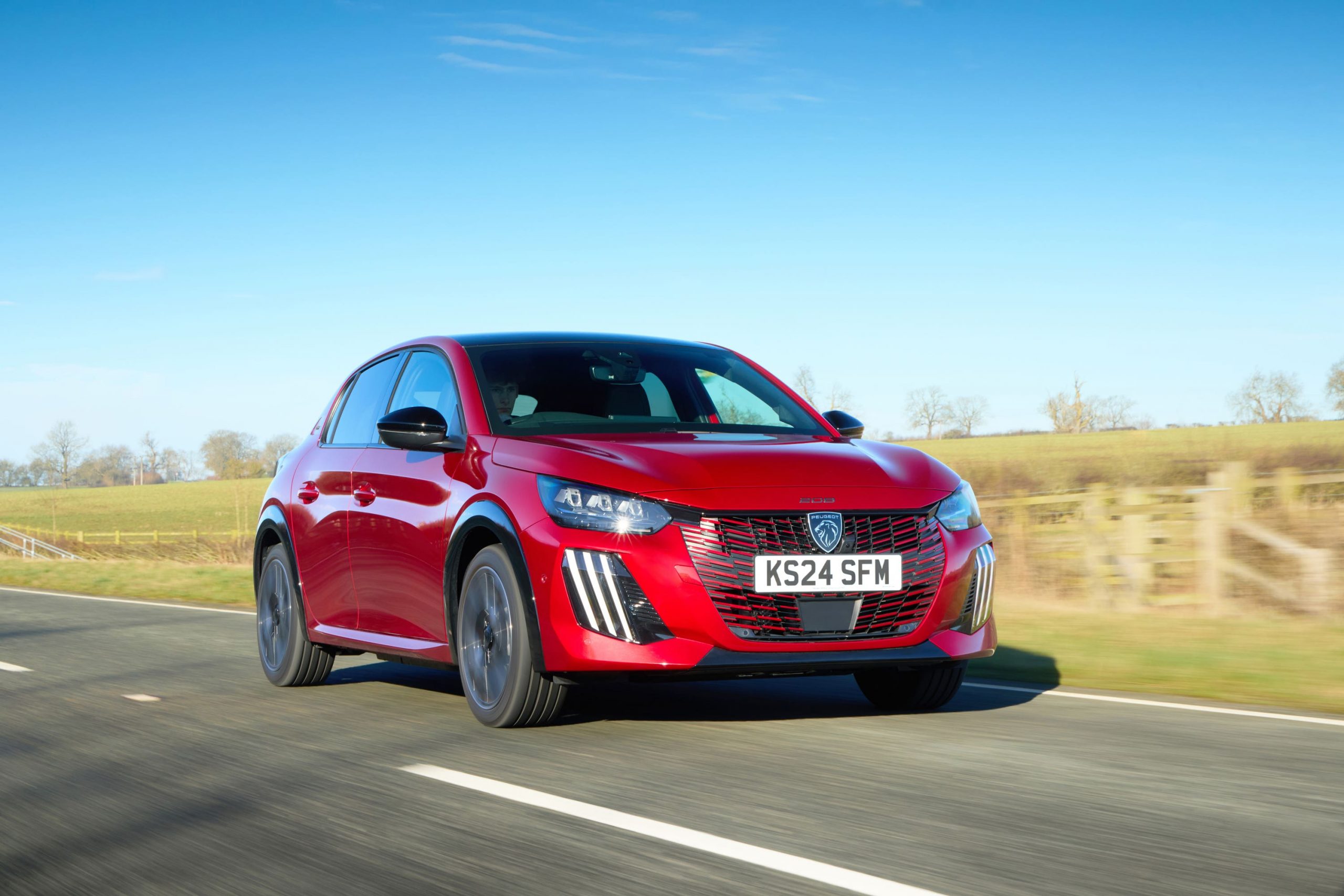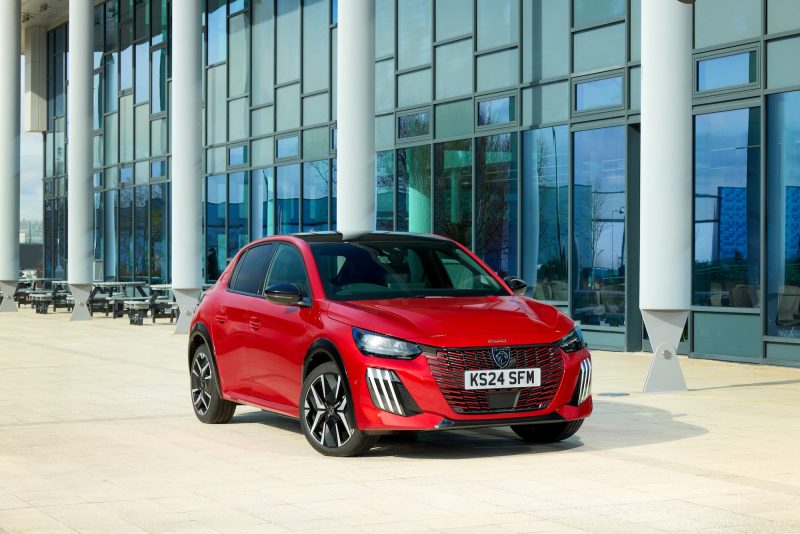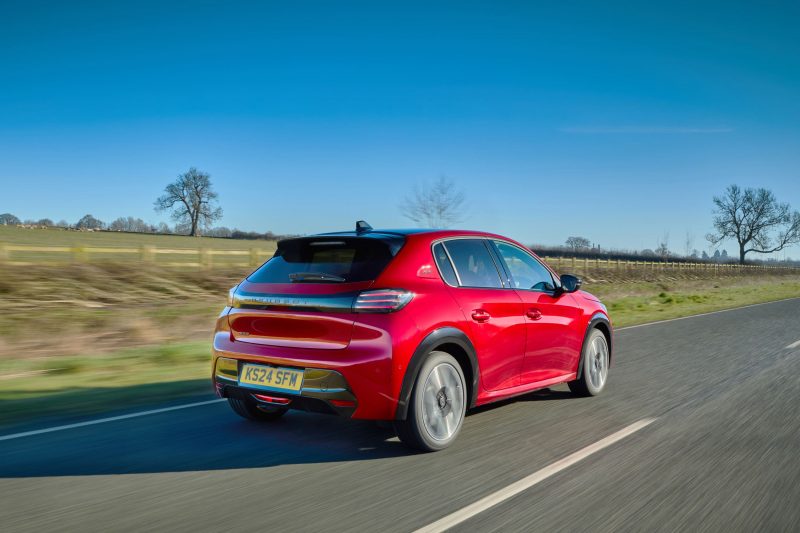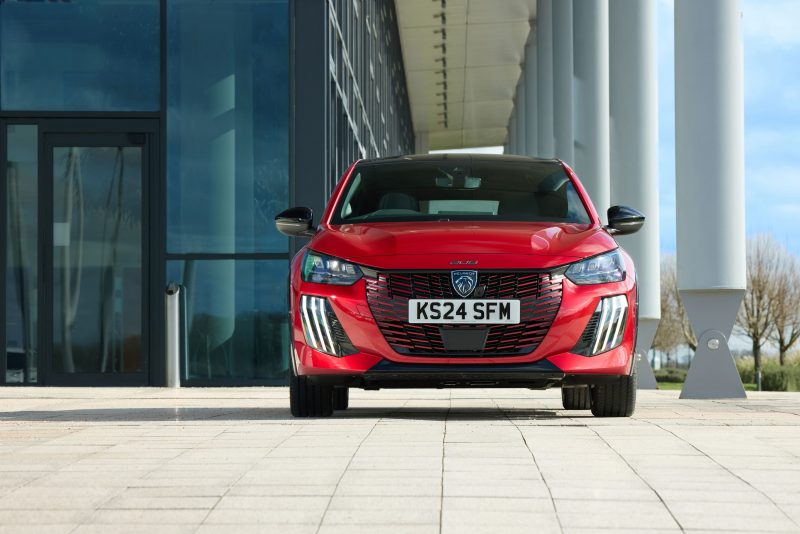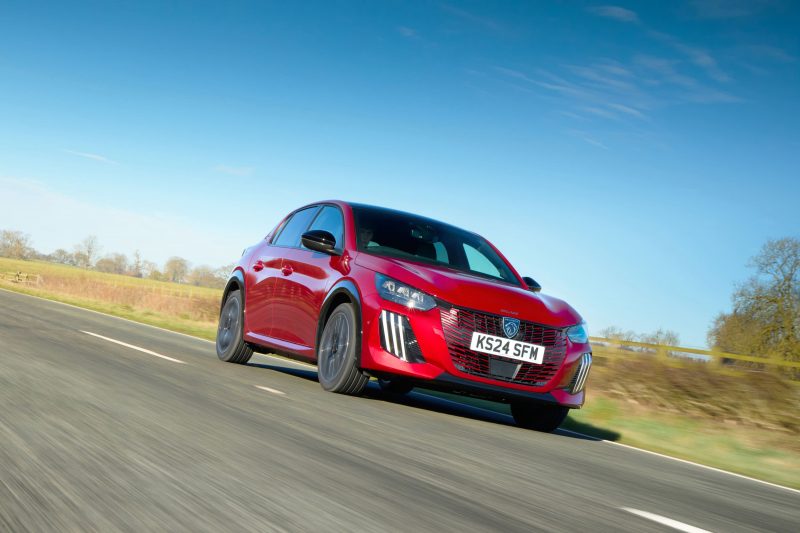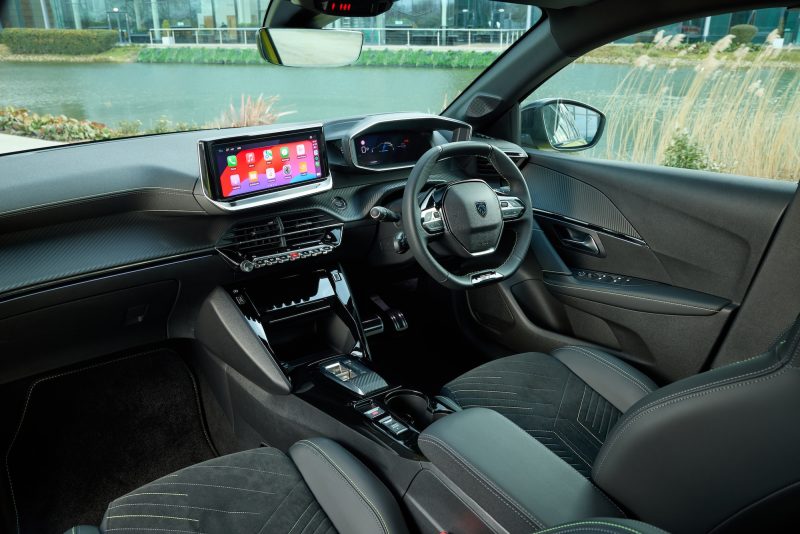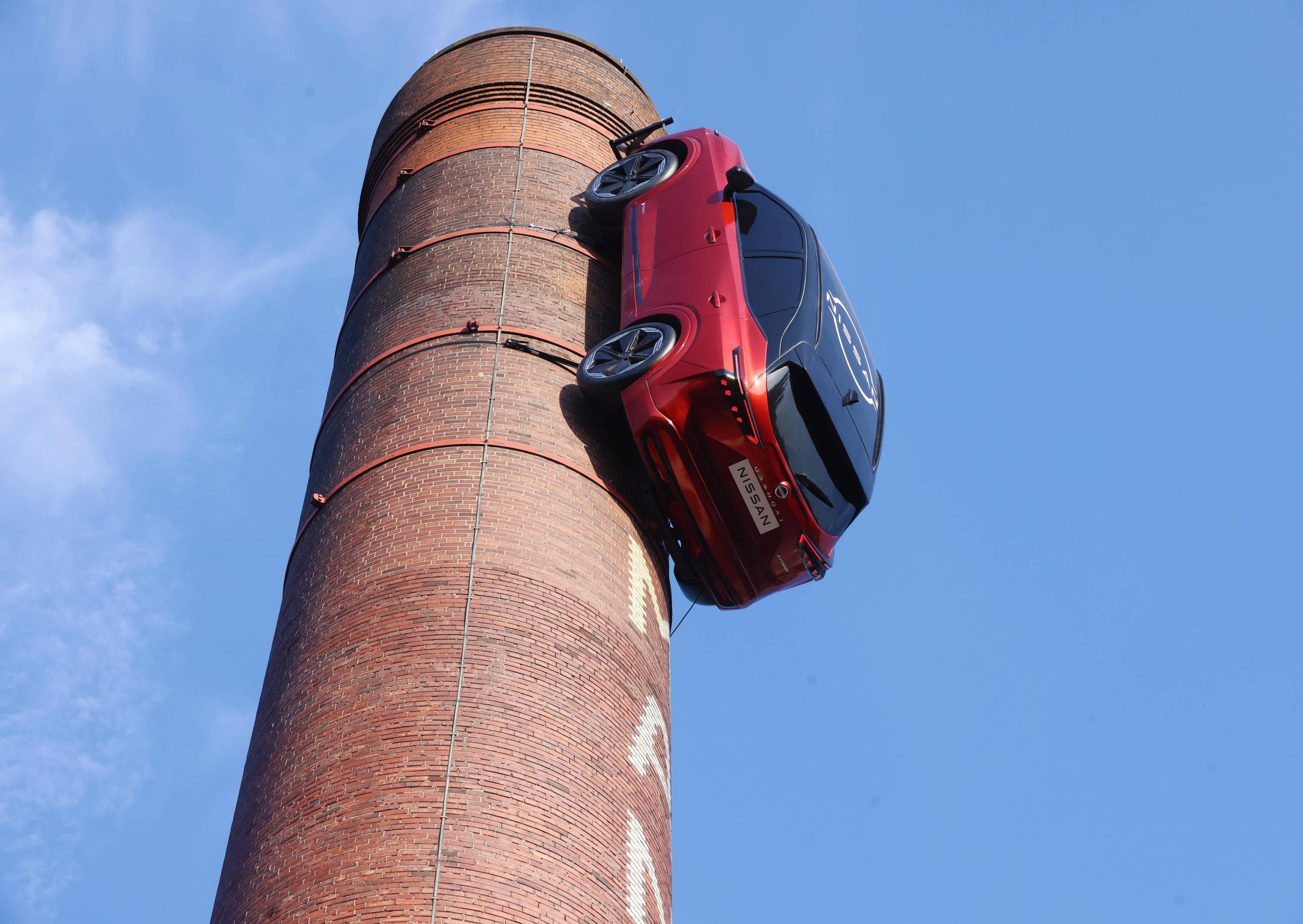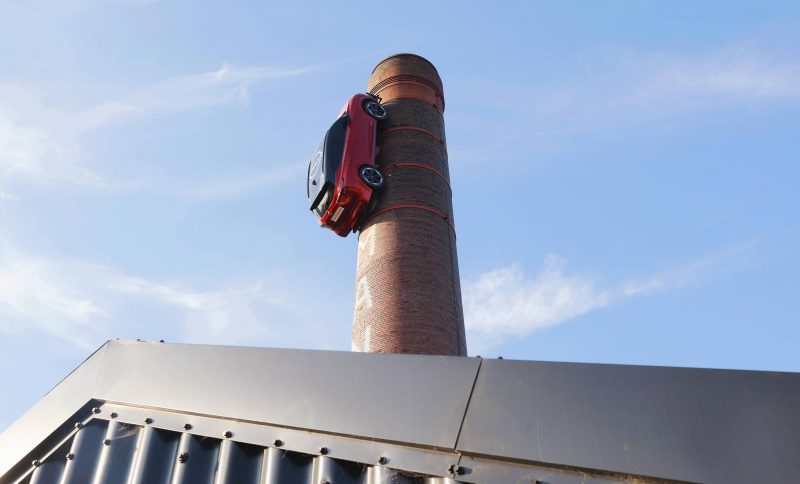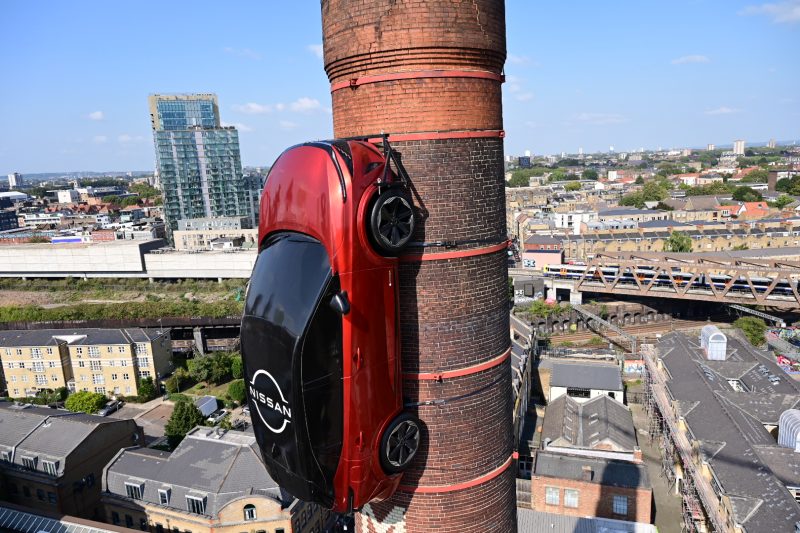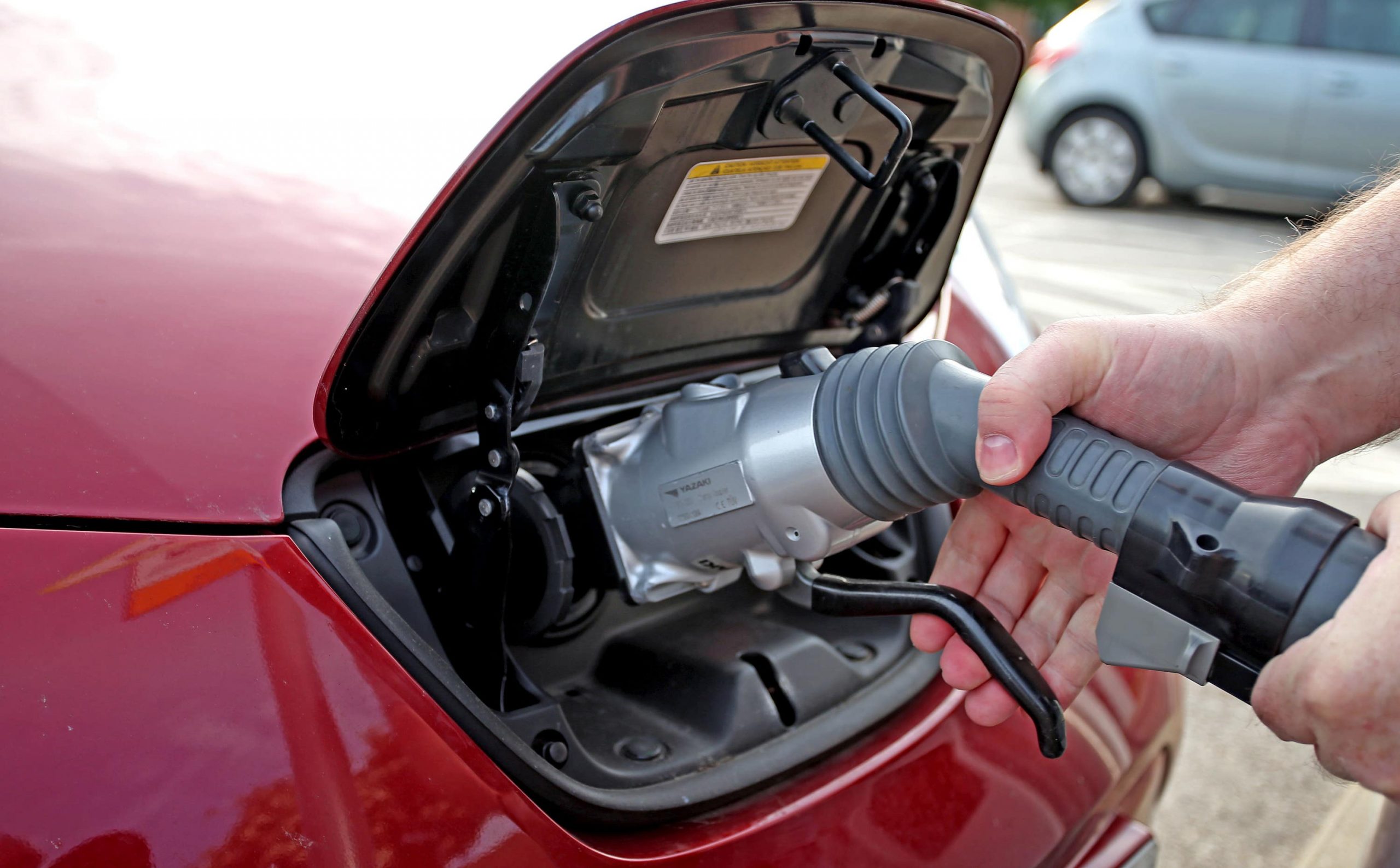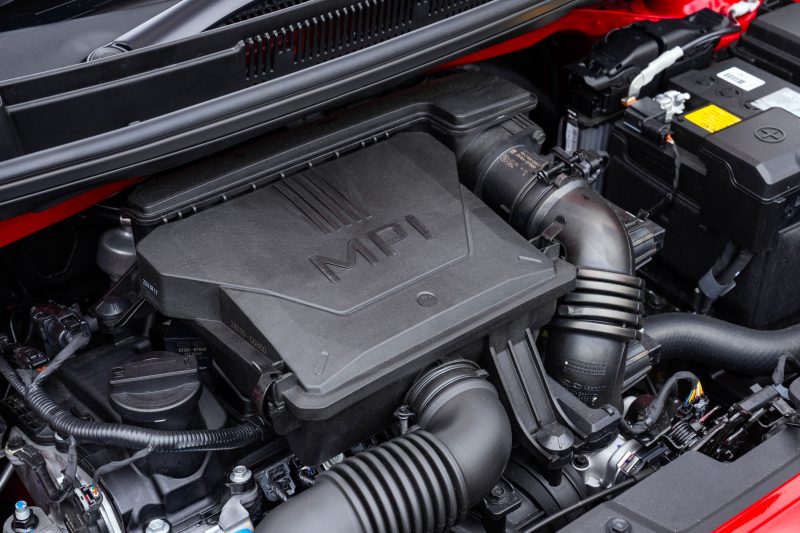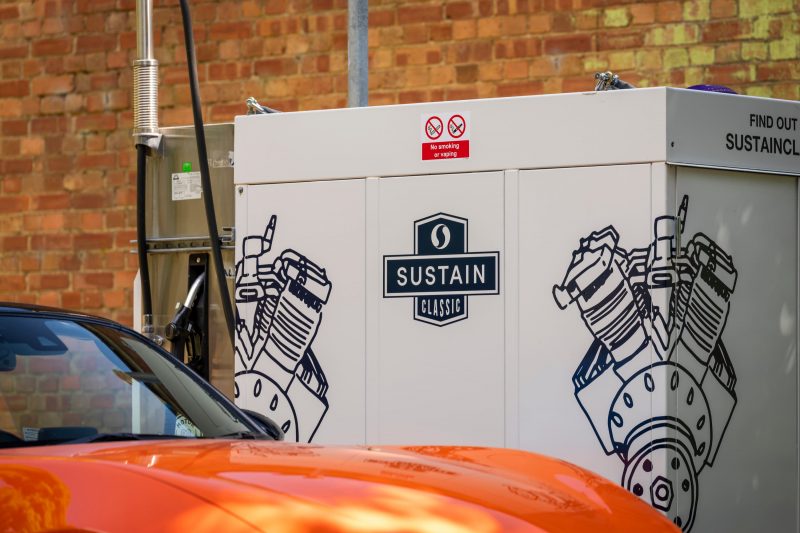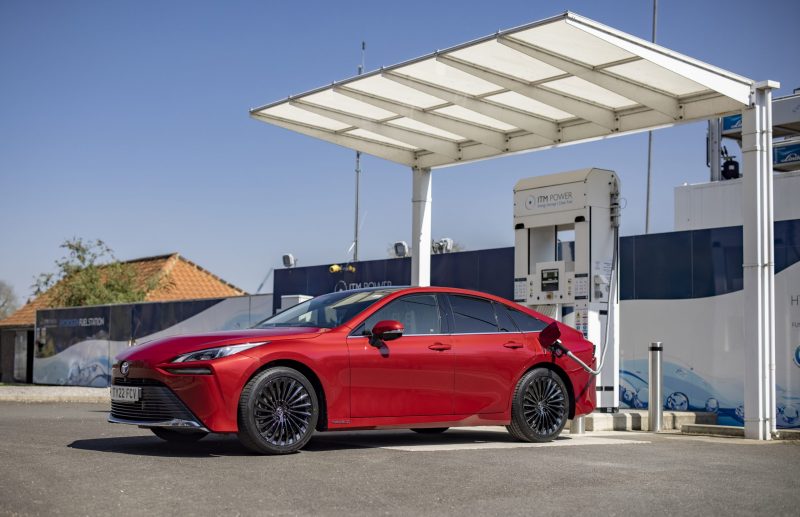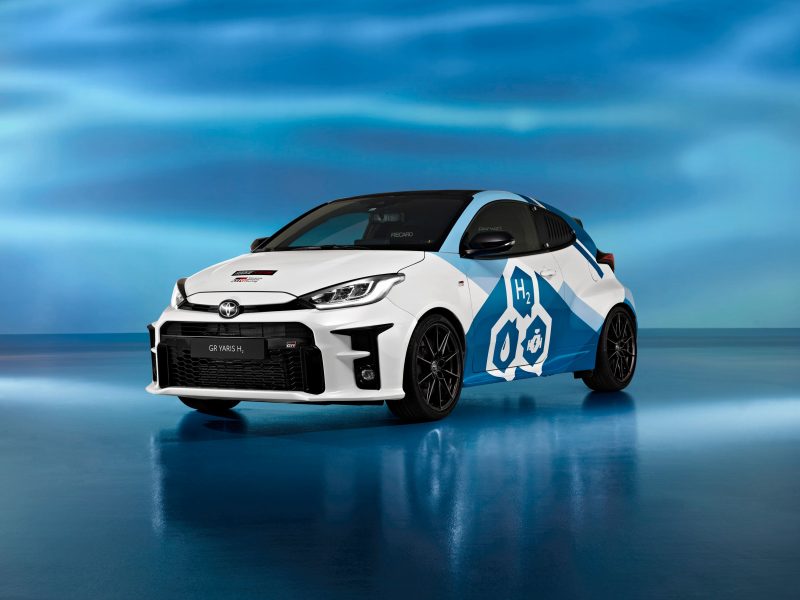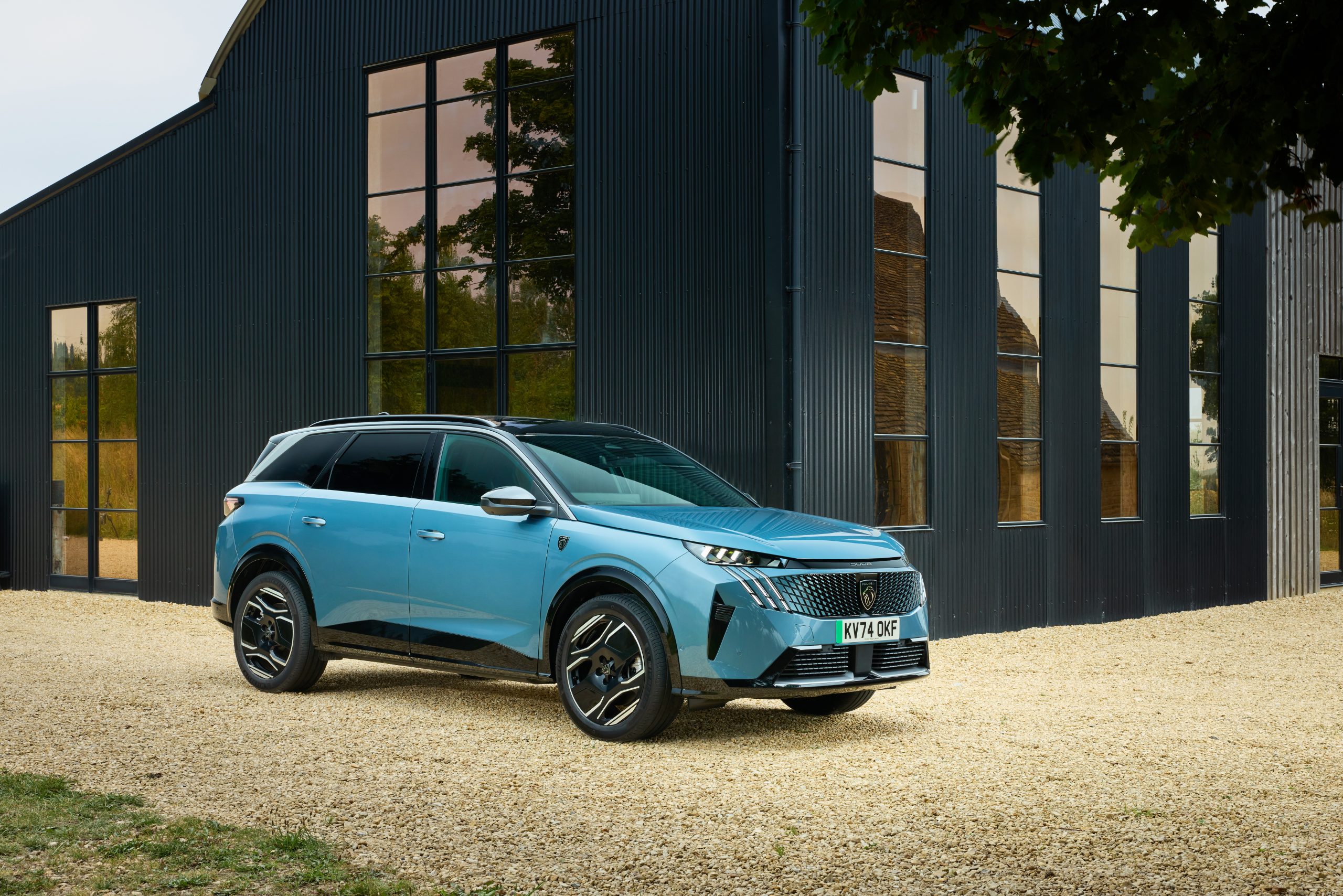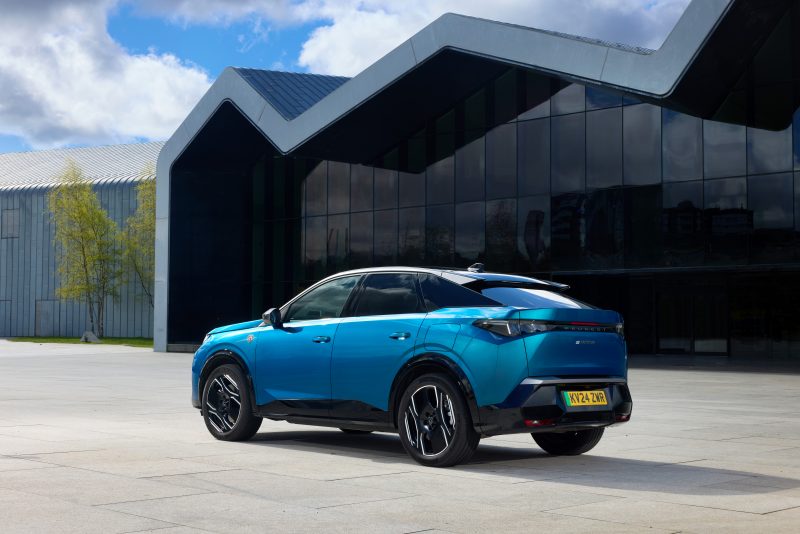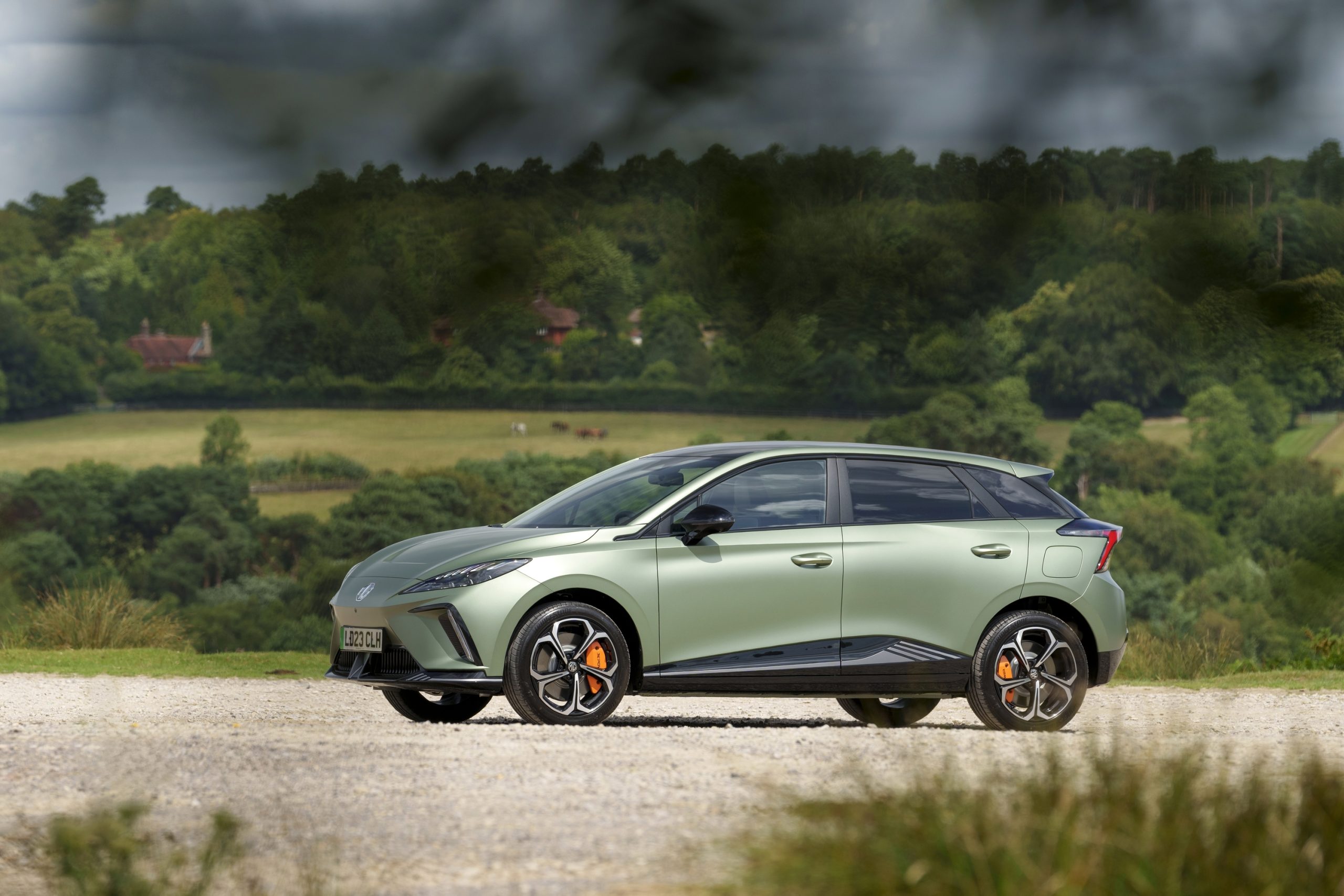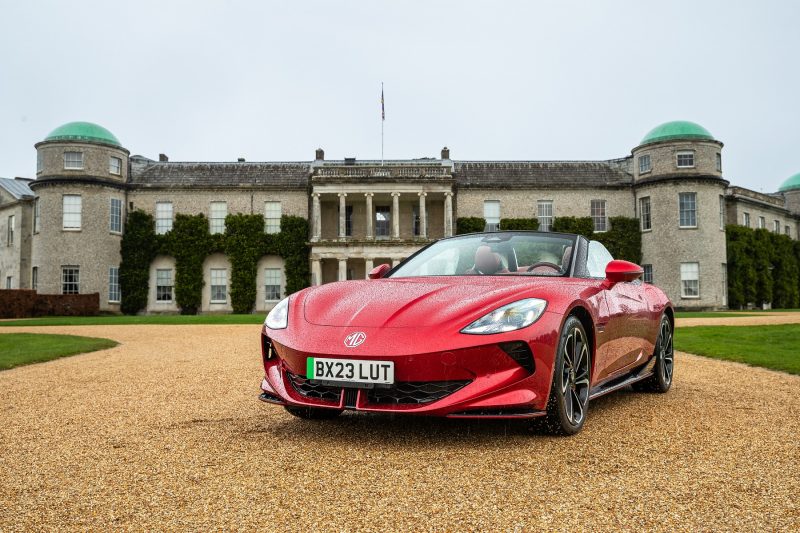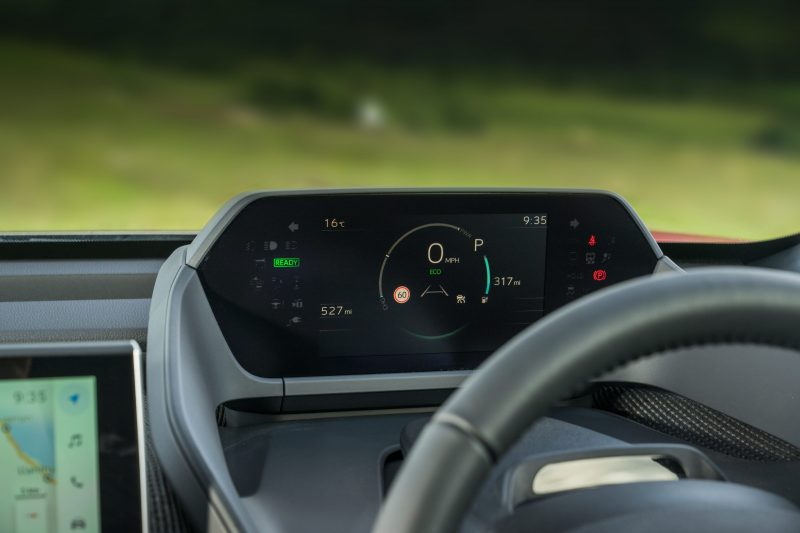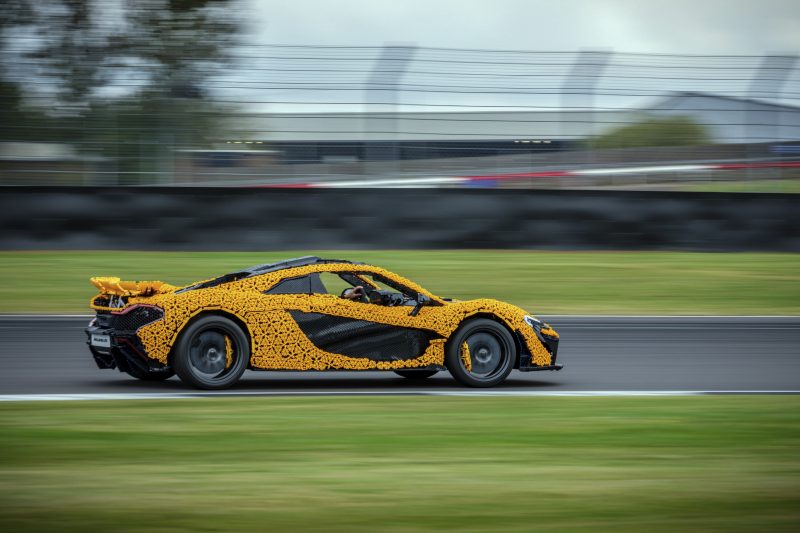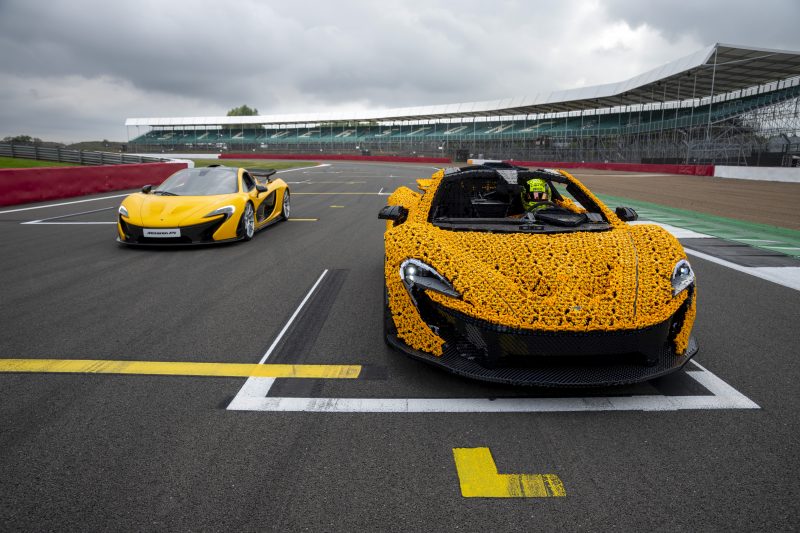With more and more choices available for those in the market for a large and practical SUV, what does the 3 offer? Cameron Richards finds out.
What is it?
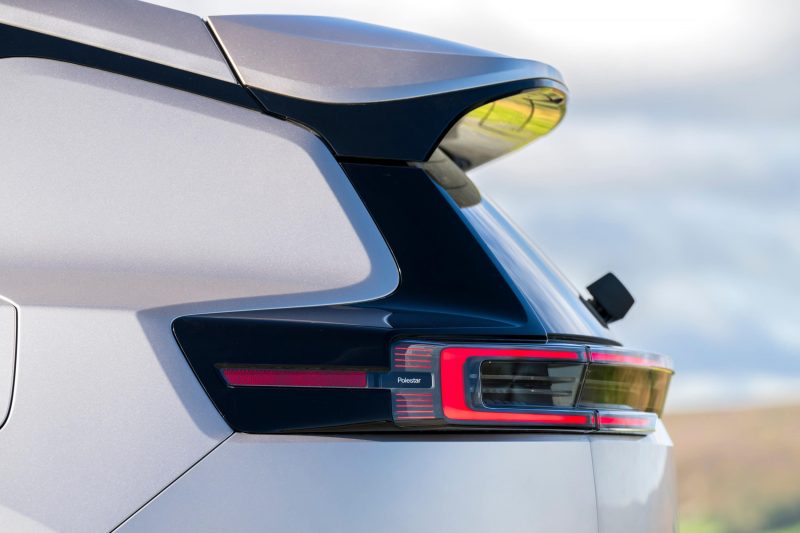
Polestar has become a well-known brand here in the UK ever since it launched its ‘2’ electric SUV back in 2020.
While it used to be the sub-brand of Volvo, Polestar decided to go its own way and start to focus on its electric vehicles while decarbonising its manufacturing processes to reduce its impact on the wider world.
Having surpassed 30,000 sales in the UK alone with its one and only model, the 2, the firm is now stepping things up with a couple of brand-new SUVs.
The 3 is the latest addition to the company’s model portfolio and has the BMW iX and the new Volvo EX90 in its sights. We’ve driven it here in the UK to find out what it’s like.
What’s new?
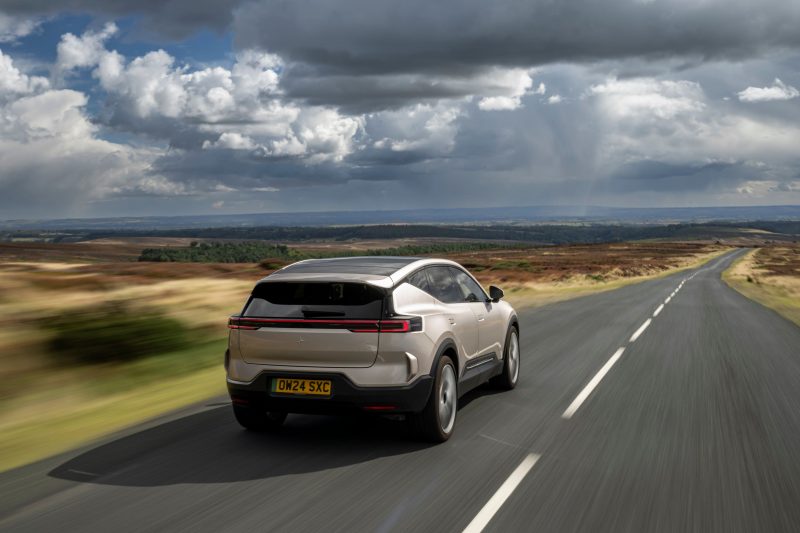
This is the firm’s latest model that will be competing in the forever-growing electric SUV market.
It sits on the latest SPA2 EV platform which is shared with Volvo for its latest EX90 model, too.
The car features some of the latest on-board technology as well as over-the-air updates to keep the car’s software up to speed. Plus, there is an array of different option packs to help the consumer choose the right version for them.
What’s under the bonnet?
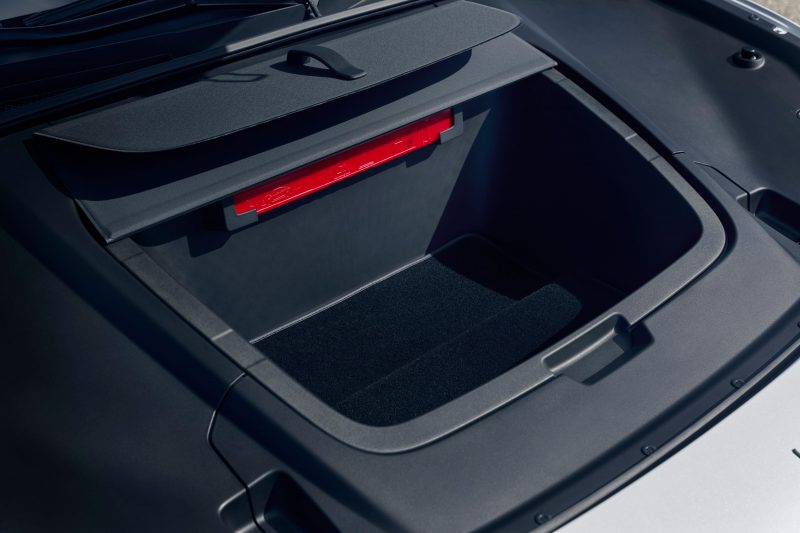
There’s just one battery pack available on the 3 – a large 111kWh unit – but from there, you’ve got three different motor setups to choose from.
There is a rear-wheel-drive Long Range version with a single electric motor that Polestar claims can do up to 403 miles on a single charge. It gives out 295bhp and 490Nm of torque, too.
On top of this, there is an all-wheel-drive dual motor version that bumps power up to 483bhp and increases torque to 840Nm – but the range drops to a claimed 392 miles.
Finally, you can purchase this version with a Performance Pack — which we’re driving. It cranks up the power even further to 510bhp and 910Nm of torque – but expect a total distance of up to 348 miles between trips to the plug.
All versions are compatible with 250kW DC rapid charging, taking the car from 10 to 80 per cent in half an hour.
What’s it like to drive?
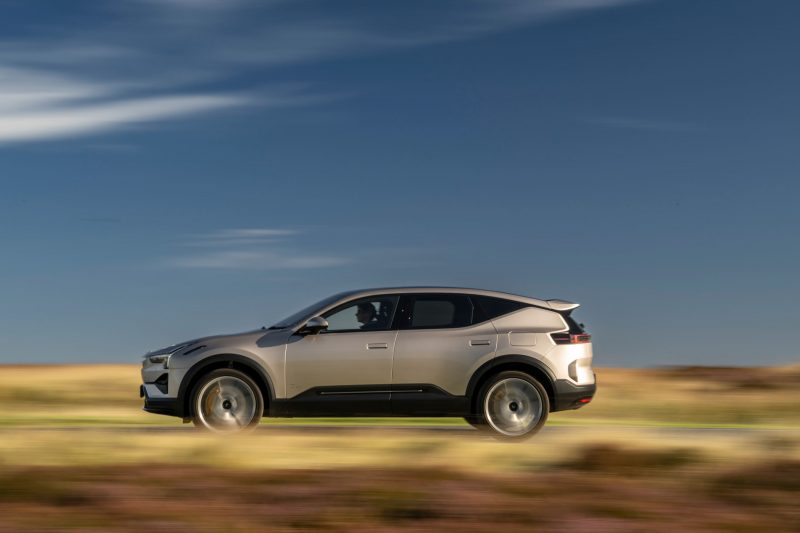
This new Polestar is one of the first EVs to come as standard with torque vectoring. This enables different amounts of power to be sent to each wheel to help improve cornering, stability and overall performance and you can definitely feel it working here. Considering the 3 is such a big vehicle, it corners almost flat with acres of grip which really does inspire confidence on a twisty road. The acceleration in this Performance Pack car is mesmerisingly quick — but the way it builds up speed is very smooth and progressive.
On the motorway, its refinement is superb with very little wind and road noise intruding into the cabin – making it the ideal motorway mile muncher. What’s more, the seats do a tremendous job of supporting you as well as being as comfortable as possible. The air suspension means the car floats along with very little in the way of the car getting nervous or upset over imperfections in the road – it really is a comfortable car to drive.
The only negatives are due to its sheer size, feeding through small towns can be a bit of a chore. Also, Polestar still puts almost every control through the infotainment screen which can be a pain to use on the move — especially simple things like adjusting the mirrors. But, at least it’s all displayed in big text so you don’t press the wrong feature at any given time.
How does it look?
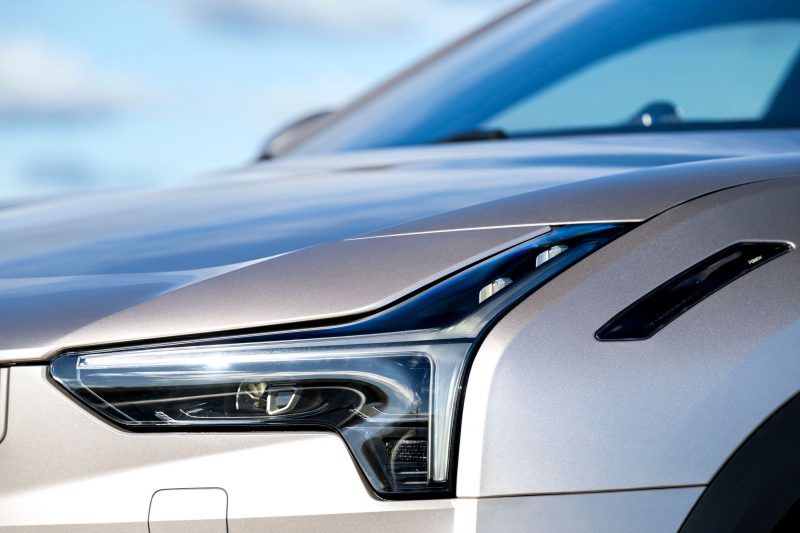
As the 3 sits on the SPA2 EV platform, its ride height is higher than the ‘2’ and ‘4’ models in the firm’s line-up. Although it’s a subjective matter, the Polestar 3 does stand out from the crowd with its curves and kick-up rear window design.
Meanwhile, design cues from the ‘2’ are noticeable throughout with the slim front headlights and sloping roofline. Also, there are a wide choice of alloy wheel sizes including our car’s 22-inch design that don’t affect ride comfort, either.
What’s it like inside?
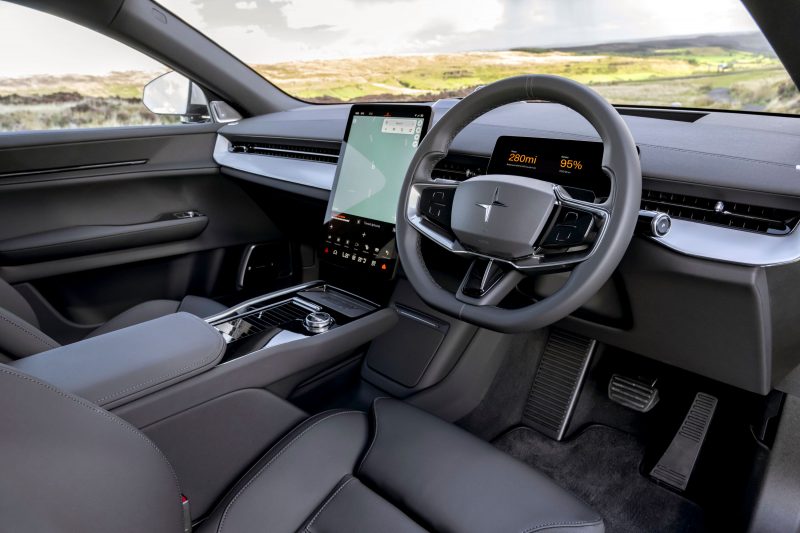
Minimalism is what the brand wants to achieve and likewise with the smaller ‘2’, the 3 delivers that with a light and airy cabin that wants to focus on space and comfort, without too many physical controls to complicate things. A lot of the materials used throughout are sustainable to help keep with the company’s plan to decarbonise its manufacturing process.
In terms of tech, there is a portrait 14.5-inch central touchscreen that has Android developed software and it features apps such as Google Built-in. The seats are of a similar design of those from Volvo, which is no surprise considering Polestar used to be the sub-brand of the Swedish brand.
Storage is excellent with a large centre cutout under the centre console, as well as a decent armrest with storage and massive door pockets.
In the back is where things step up a gear with acres of head, leg and knee room and the completely flat floor means three people can sit comfortably in the back, too.
Boot space on the other hand stands at 484 litres or 1,411 litres with the seats pushed down, which is a shame because cars like the BMW IX offer more room here. It also doesn’t feel as deep as it could be, which is frustrating for what is an otherwise very practical car.
What’s the spec like?
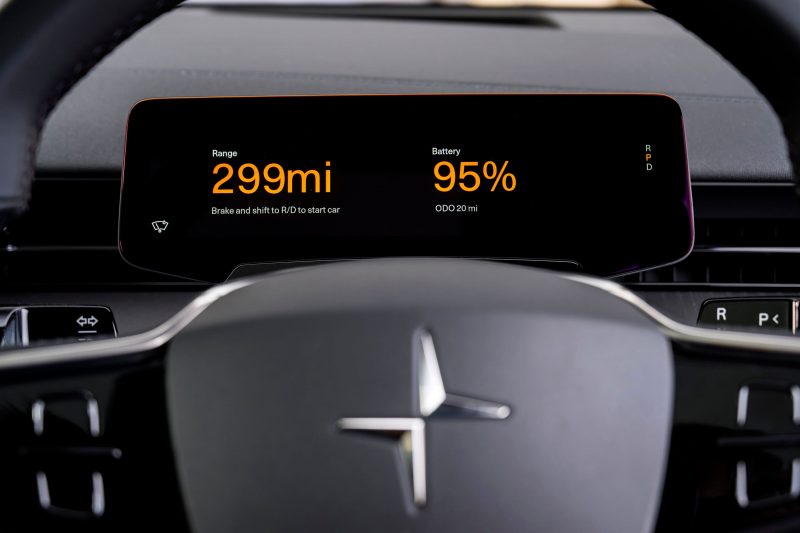
The Polestar 3 comes with a choice of different option packs instead of trim levels to make it easier for the buyer.
Options include the Performance pack which includes 22-inch wheels, a tuned chassis and different software. There is also a Pilot pack featuring a 3D camera and lane change assist as well as a Plus pack which includes a 25 speaker Bowers and Wilkins sound system.
The range kicks off at £69,900 for the Long range Single motor variant, however we’re driving the Long range Dual motor Performance which starts at £81,500.
Verdict
Polestar shouldn’t be worried about its new 3 because it’s a very good and plush electric SUV. It faces some stiff competition but regardless of that, consumers will still like the vast array of standard equipment levels, superb quality and comfort levels as well as its dynamic driving experience.
The looks may not be to everyone’s taste, but that’s a matter of opinion and in this instance, Polestar could be onto something that could steal the crown away from its German competitors.
Facts at a glance
- Model as tested: Polestar 3 Launch Edition Dual motor Performance, Pilot and Plus pack
- Price as tested: £90,200
- Engine: 111kWh battery
- Power: 510bhp
- Torque: 910Nm
- 0-60mph: 4.5 seconds
- Top speed: 130mph
- MPG: N/A
- CO2 emissions: N/A
- Electric range: 348 miles
- Charging speed: 250kW
By Cameron Richards

